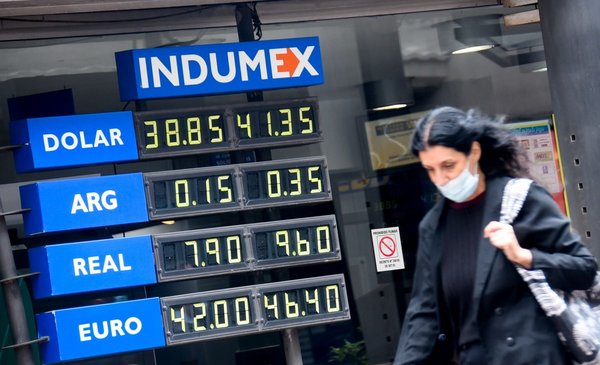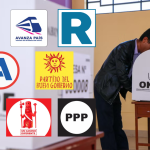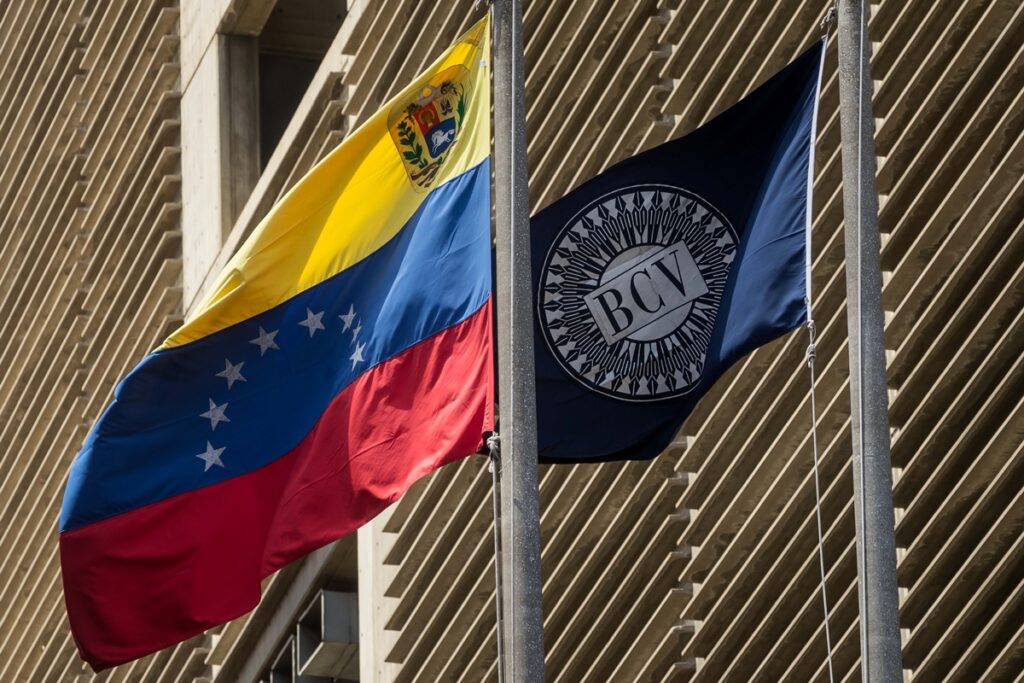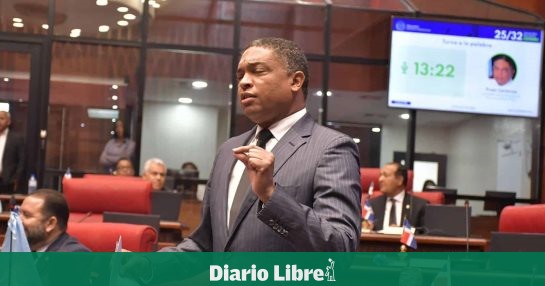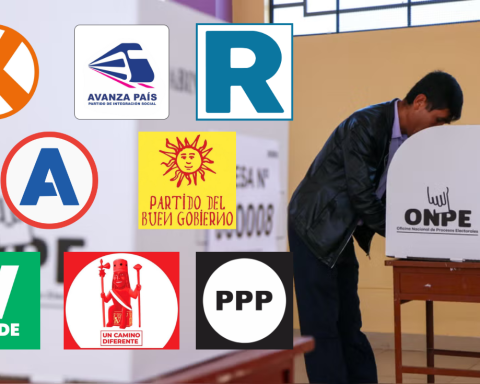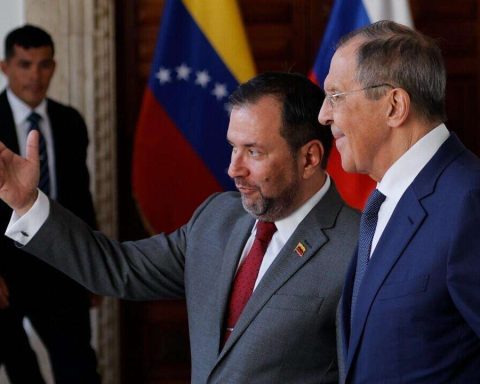The price of the dollar in the Uruguayan exchange market cut its five-session downward streak this Wednesday and barely stayed in the $39 range for one day.. In operations of this day, the average US currency stood at $40.05with a advance of 0.34% compared to Tuesday ($ 39.91). The last transaction of the operation was agreed at $ 40.02, that is, 0.10% above the previous closing, according to data from the Electronic Stock Exchange (Bevsa)
On the BROU public board, the dollar was at $38.80 for purchase and $41.20 for sale, unchanged from Tuesday.
So far in May, the exchange rate is still almost 2% below the end of April and has accumulated a decline of 10.4% so far this year.
In the square Brazilian exchangea, the dollar had a small fall this day (0.1%), with a real at 4.80 units. In the last five days the dollar accumulated a depreciation of 1.3% against the Brazilian currency, while in Chile the dollar advanced 0.2% against the Chilean peso, to 832 units.
“Investors show more doubts than certainties regarding the global economic outlook, considering a scenario of higher interest rates, while concerns regarding China remain, being a bearish factor for the metal,” explained the head of studies trading of Capitaria, Ricardo Bustamante.
In Argentina, the blue dollar is quoted at 205 Argentine pesos for purchase and 208 for sale. As it is a national holiday for the May Revolution Day, banking and financial operations will resume this Thursday, so there will be no fluctuations in currency prices.
Fed’s go-ahead to raise rates
The Federal Reserve (FED) held its monetary policy meeting on May 3 and 4 focused on agreeing on the main lines of action to combat sustained inflation in the United States in the context of the international trade crisis due to the effects of Russia’s invasion of Ukraine.
The reports, released three weeks later, indicated that all meeting participants supported the tightening of monetary efforts and the unanimous agreement to carry out a rise in interest rates to reduce the incremental inertia of prices.
One of the central points was the coincidence that inflation “became a threat to the economy” and that it was at risk of rising without central bank intervention, according to the minutes of the session.
This month’s 50 basis point (0.5%) rate hike was the first of that size in more than 20 years. and has put the Fed on the path of rapid monetary tightening, with “most policymakers” judging that further half-point hikes are “likely appropriate” at the June and July meetings, according to the minutes, which were released this Wednesday.
“All participants agreed that the US economy was very strong, the labor market was extremely tight and inflation was very high,” according to the minutes, with “upside” risks of even faster inflation given current problems. of global supply, the war in Ukraine, and the ongoing coronavirus lockdowns in China.
In that context, “participants agreed that the (Federal Open Market) Committee should quickly move the monetary policy stance toward a neutral stance. They also noted that a restrictive policy stance may be appropriate.”
“Many participants” judged that raising rates now “would put the Committee in a good position to assess the effects of tight monetary policy later in the year.
The minutes show the Fed grappling with how best to steer the economy toward lower inflation without causing a recession or pushing the unemployment rate substantially higher, a task that “several participants” at this month’s meeting said would be a challenge. challenge in today’s environment.
With the Cronista and Diario Financiero-RIPE
